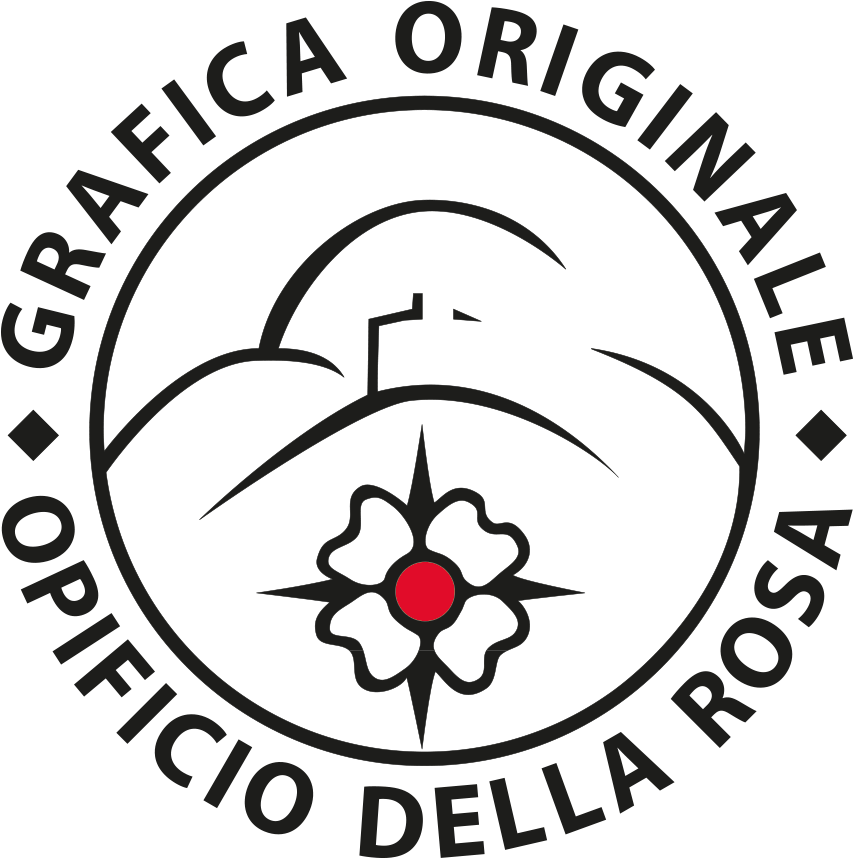Workshop 2022
20Woodcut Reduction
Umberto Giovannini
10-12 June 2022
Castle of Montefiore Conca
The woodcut reduction is one of the most popular techniques both for the European and Japanese woodcut masters, because it is the woodcut technique which allows a playful and inventive approach step by step.
The name “reduction” comes from the working process: a woodblock is carved and printed in a number of copies. The same block continues to be carved and printed in register on the same sheet, with a different color, step by step, color after color, until the block is exhausted.
This technique is wonderful to create tonal effects, such as landscapes and figures, to obtain very soft gradations of chiaroscuro.
This technique is wonderful to create tonal effects such as landscapes and figures to obtain very soft gradations of chiaroscuro.
The the workshop will include invention of the drawing for reduction, its transposition to the block, and creation of the intaglio. Attendees will be taught to use a special body posture intaglio technique, in order to develop high precision and speed. Finally, will be taught the basic techniques of inking and printing, specific for this technique.
In reduction technique is very important the use of registration: in this workshop will be used double Kento derived from the Japanese printing technique.
Umberto Giovannini is a printmaker and lecturer at Central Saint Martins, University of the Arts London. After his degree in Graphic Communication Design, he completed an MA in Art History and started to work as a graphic designer and printmaker.
His prints and artists’ books are in international collections.
In 2009 he founded the Opificio della Rosa, the international printmaking studio.
He lives and works in Italy and UK.
umbertogiovannini.it
Linocut Workshop: Animals, Monsters and Dragons Inspired by Ulisse Aldrovandi’s ‘Storia Naturale’
Linocut Workshop: Animals, Monsters and Dragons
Inspired by Ulisse Aldrovandi’s ‘Storia Naturale’
tutor: Nick Morley
9-13 August 2022
In this five day workshop you will make a small series of prints inspired by the publications of Ulisse Aldrovandi, who was born 500 years ago. Each student will create a series of three prints: an animal, a monster and a dragon.
At the end of the workshop all the prints will be editioned and collated, and each student will take home a set containing all the prints made during the workshop.
During the workshop you will learn how to:
Carve a lino block using a range of tools to make different marks
Plan your design and transfer it to the block
Control your carving to produce accurate lines
Ink up the block properly and print by hand and on the press
Mix colours and create a colour blend
Register a two block linocut
Create an edition of identical prints
The workshop will also cover an introduction to materials and tool sharpening.
Students will be encouraged to draw inspiration from the local animals and plants by exploring the area around the castle and village of Montefiore.
About Ulisse Aldrovandi
Ulisse Aldrovandi (Aldrovandus) (1522-1605) is one of the founders of modern Natural History. In in 1561 he became the first professor of Natural Philosophy at Bologna University. Arrested for his heretical ideas, he was held in Rome for a year, during which period he developed his interest in the natural world. He began making expeditions around (what it now called) Italy and collected vast numbers of animals, plants and minerals. His collection attracted many important visitors and the surviving specimens are now housed at the Palazzo Poggi in Bologna, along with many of the original woodblocks that were used to print the illustrations in his publications.
In 1568 Aldrovandi founded Bologna’s Orto Bonanico (Botanic Garden), one of the first of its kind. The Orto Botanico still exists today, although not on its original site.
Following his retirement from teaching in 1600, Aldrovandi devoted himself to writing. His Storia Naturale, published in thirteen volumes, was intended as a complete guide to the natural world. Each book contained woodcut illustrations alongside the text. Only two volumes were printed in Aldrovandi’s lifetime, with the rest published posthumously. To modern eyes, the woodcuts of animals are a strange and beguiling mixture. Some are accurate depictions, others less so, with many appearing fanciful, mythical or downright bizarre. Two volumes in particular, Serpentum et Draconum Historiae (serpents and dragons) and Monstrorum Historia (monsters) contain the strangest images.
Nick Morley is an artist and illustrator who specialises in linocut. He has more than twenty years of printmaking experience and teaches regular workshops at Hello Print Studio in Margate, which he set up in 2013. His illustrations have appeared in books and magazines and in 2016 his book, Linocut for Artists and Designers was published by Crowood Press. It has sold over 17,000 copies and has become an indispensable resource for many artists.
linocutboy.com
helloprintstudio.com
